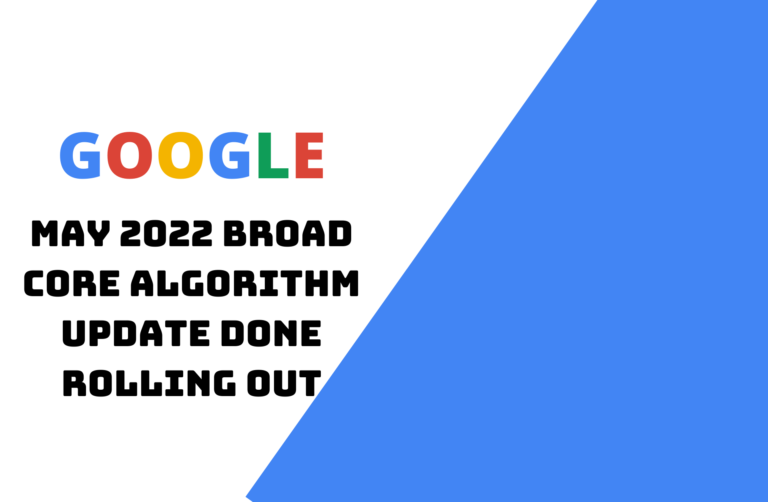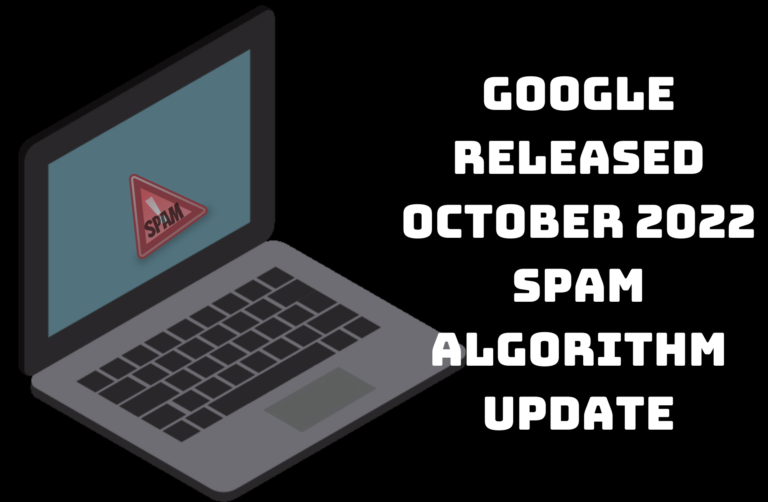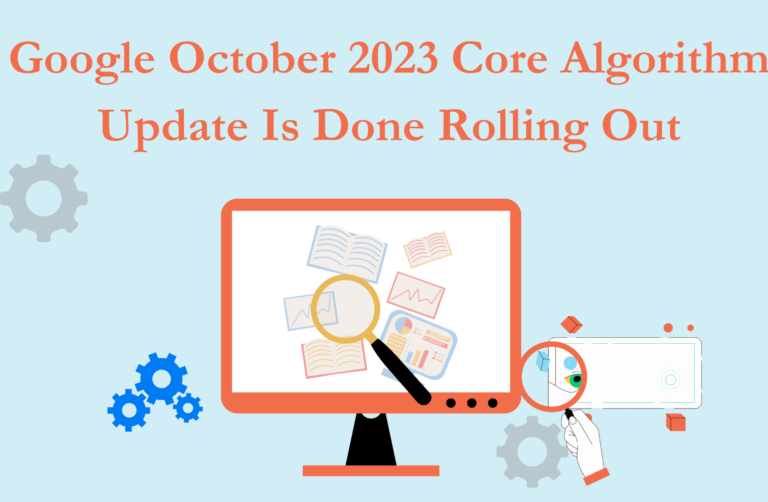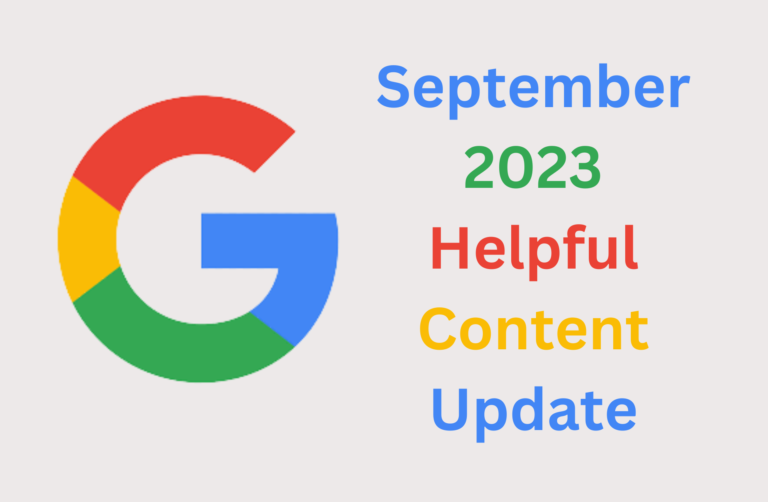Google Search Console Insights offers an experience which includes both Google Search Console (GSC) and Google Analytics (GA) data available and tailored to content creators and website owners.
According to Google, they have received great feedback from the community, and also questions about the data.
In this post, we will look at those questions and their answers.
Table of Contents
Google Search Console Insights 7 Frequently Asked Questions:
On August 9 Google has shared the most commonly asked questions on its “Google Search Central Blog”
Let’s see those questions:
1- Why can’t I see Google Analytics data in Search Console Insights?
If you associate your Google Analytics to Search Console properly, you will have more access to more insights that can help you understand your content’s performance.
Below are the few reasons why GA data may not be appearing in GSC Insights:
- Your GSC property is not associated with a GA property.
- You do not have sufficient permissions on GA.
- You have the wrong GA view selected in GSC.
2- Why is the data I see in Google Analytics different from Search Console Insights?
First, try to understand that GA and GSC data are different in many ways. The data in GSC represents what happens on search and the other represents what happens on your website.
In addition, here are a few things to look for specifically:
- Page title and URLs: other reports in GSC are based on URLs, while GSC Insights uses GA’s page title dimension.
- Date ranges: GSC Insights shows GA data for the last 28 days (last day might use partial data), sometimes compared to the previous 28 days.
- Metrics: GSC Insights combines GA metrics (pageviews, average time on page), with Search metrics (clicks, average position). Those metrics represent different aspects of your site, and they are calculated differently.
3- How does Search Console Insights choose “new content”?
The New content card shows pages in your site that got their first pageviews in the last 28 days.
Content is sorted by recency, and must have at least a few views to appear.
There are 3 main pieces of information we use to populate this card:
- Google starts by checking pages which received traffic in the last 28 days but didn’t receive any traffic in the year before.
- Google filters those pages less likely to be new content; such as title changes, comment pages, internal search result pages, and others.
- Google filters out translations of the same content and keeps the top-performing title.
4. How does Google Search Console Insights choose the “most popular content”?
The most popular content card shows your top-performing page titles by pageviews in the last 28 days.
For each title, GSC also indicates the top Search queries for the leading canonical URL.
If the URL is not under the associated GSC property, the report won’t be able to bring Search data.
5. How does Search Console Insights choose the referring links from other websites?
The referring links from other websites card shows how users discover your site’s content through links to your content from other sites.
Google’s main goal with this report is to show how many entrances to a site were generated by a specific referring page.
On GSC Insights, for each incoming session from a specific referral, the report counts only one pageview.
Therefore the traffic you see in this card is only a subset of the referral traffic you are used to seeing in GA.
6. How can clicks be lower than pageviews in the Google Search card?
There are three main reasons for clicks being lower than pageviews:
Google analytics pageviews for google / organic include more surfaces than web search results, such as Discover, Image Search and Video Search.
GA and GSC don’t necessarily report on the same group of pages. A GSC account may only include HTTP pages while the GA view reports on both HTTP and HTTPS, for example.
7. What do the different badges in the GSC Insights cards mean?
Presently, there are three different badges in GSC Insights.
- High average duration: the content which has a high average duration compared to your site’s other pieces of content. This might be content your audience found engaging.
- Top 5 results: the average position on Google Search (organic) of your content in the last 28 days for the given query is five or less.
- Trending x%: it represents a comparison between the last 28 days and the previous performance.
Source:











Nos das tu consentimiento de mencionarlo en mi foro… Gracias, Un saludo
Hey Barkins, Looking forward to this.. Let me know when you add our reference to your forum and we will update it on our twitter channel.. Have a great day!